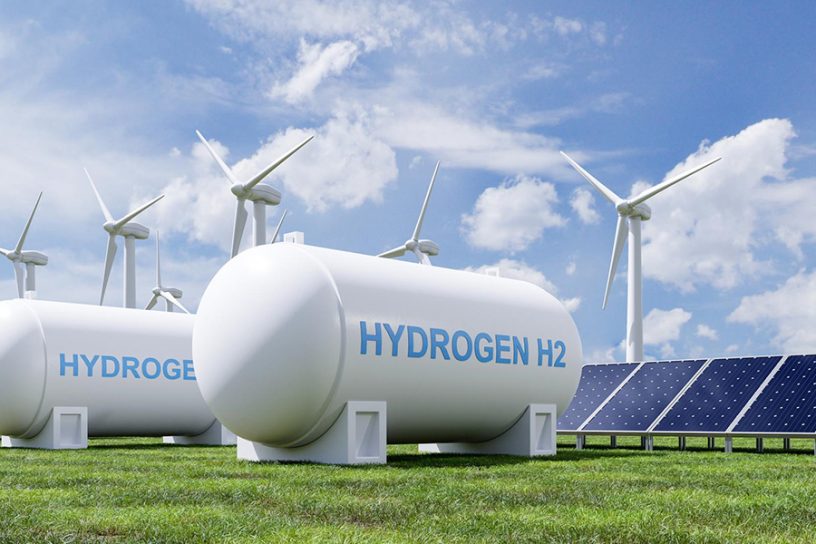
The Fuzzy-TOPSIS method suggests that solar is the best renewable energy resource followed by wind, small hydro, and biomass energy.
Authors
Sonal Gupta, School of Business, University of Petroleum and Energy Studies (UPES), Dehradun Uttarakhand, India; School of Engineering, University of Edinburgh, Institute of Energy Systems, EH9 3DW, Edinburgh, United Kingdom.
Rupesh Kumar, Associate Professor, Jindal Global Business School, O.P. Jindal Global University, Sonipat, Haryana, India.
Amit Kumar, School of Hydrology and Water Resources, Nanjing University of Information Science and Technology, Nanjing, China.
Summary
Green hydrogen, a carbon-neutral fuel, has the potential to reduce atmospheric greenhouse gas and plays a vital role in mitigating climate change. Its potential is immense in renewable-rich Asian economies, however, its production is yet to start with key factors such as safety parameters, resources, proper government incentives, and public acceptability affecting its optimal generation.
This study employs three multi-criteria decision-making approach like analytic hierarchy process (AHP), decision-making trial and evaluation laboratory (DEMATEL), and Fuzzy-AHP followed by the sensitivity analysis to identify and prioritize the robustness of the five primary potentials (social, political, economic, technical, and environmental). Subsequently, categorized into 22 sub-potentials of green hydrogen and ideal renewable resource for the sustainable development objective of India. The results of the DEMATEL analysis suggest that the social is the key predictor and the last one is Technical.
The Fuzzy-TOPSIS method suggests that solar is the best renewable energy resource followed by wind, small hydro, and biomass energy. Hence, the government’s intervention and robust policy frameworks are required to increase its production with special emphasis on cost considering solar energy. The finding of this study will guide the governments, energy sector players, producers, environmental advocacy groups, and users to make a strategic decision regarding the choice of the most viable source of renewable energy to achieve the targets of sustainable development Goals (SDGs-7).
Published in: International Journal of Hydrogen Energy
To read the full article, please click here.


